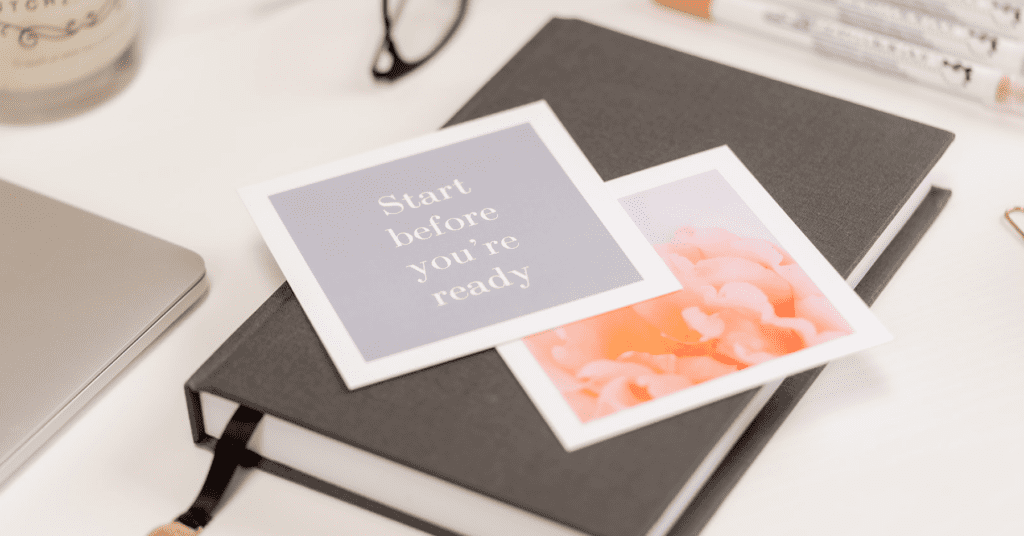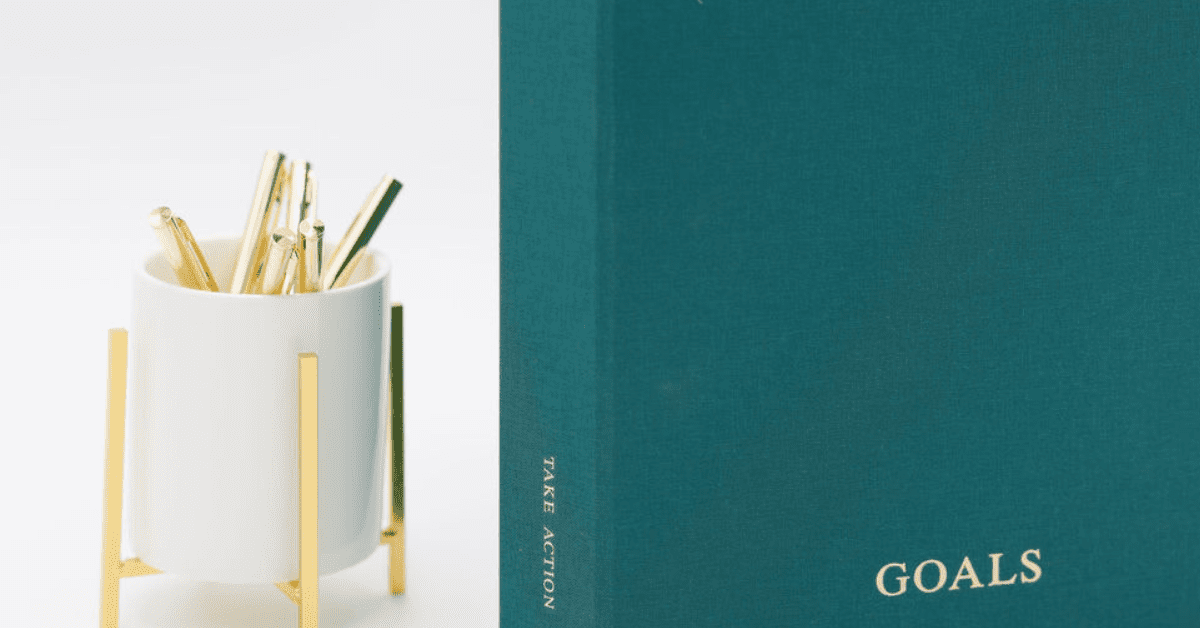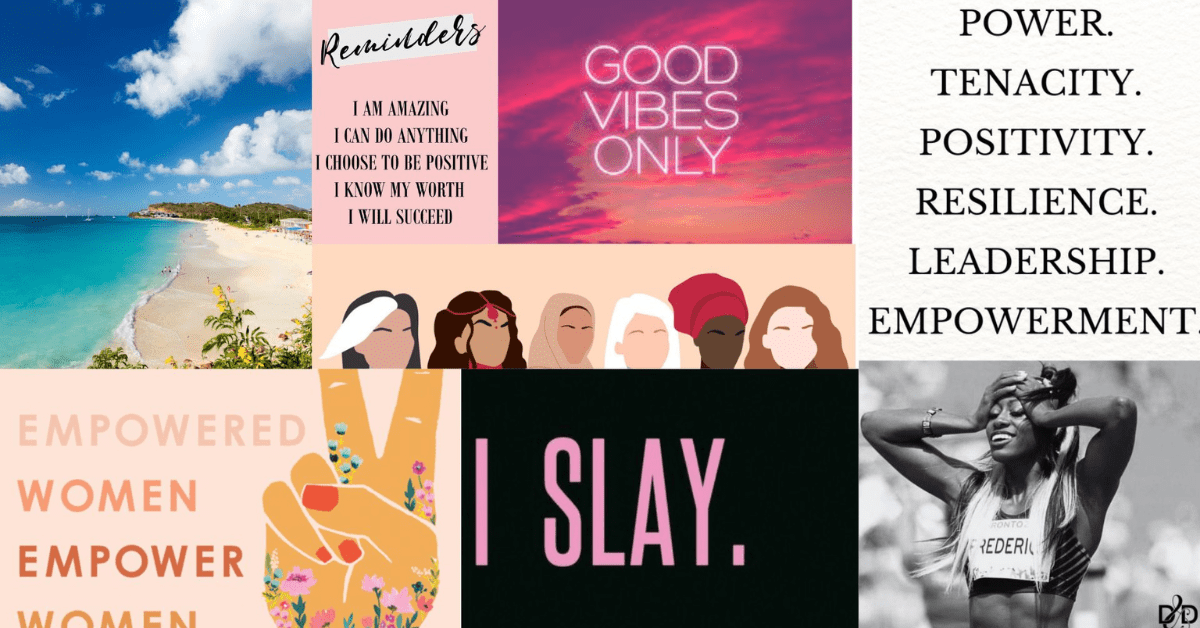One of our favorite features in our planner is the custom created vision board! This week in our blog, Dutch and Deckle contributing editor, Devon Bozard, was lucky enough to interview Jean Van’t Hul, founder of Life Dreamery and the Vision Board Magic Workshop. Jean has been making vision boards for 20 years and loves to help others use vision boards to create their dream lives.
P.S. You may also know her as the founder and author of The Artful Parent blog and books, helping parents raise creative kids.
We are very excited about vision boards at the moment! But, I think there are people for whom it’s not an everyday concept. Can you go into what a vision board is, how they work, and why you think they’re fantastic?
Absolutely! Vision boards are basically a visual representation of your dreams and goals. People often create them at the beginning of the year using magazine pictures pasted on poster board. But, there are so many different ways that you can make vision boards! And different formats, as well.

The process of creating a vision board helps you to get clear on what it is that you desire in your life. And having a visual representation of your dreams and goals handy where you can see it regularly—on your wall, your computer, or in your planner—really helps you to stay focused on them. Plus we are such visual creatures and “a picture is worth a thousand words!” As a visual affirmation, a vision board assists the subconscious and conscious parts of your mind to work together toward realizing the dreams and goals.
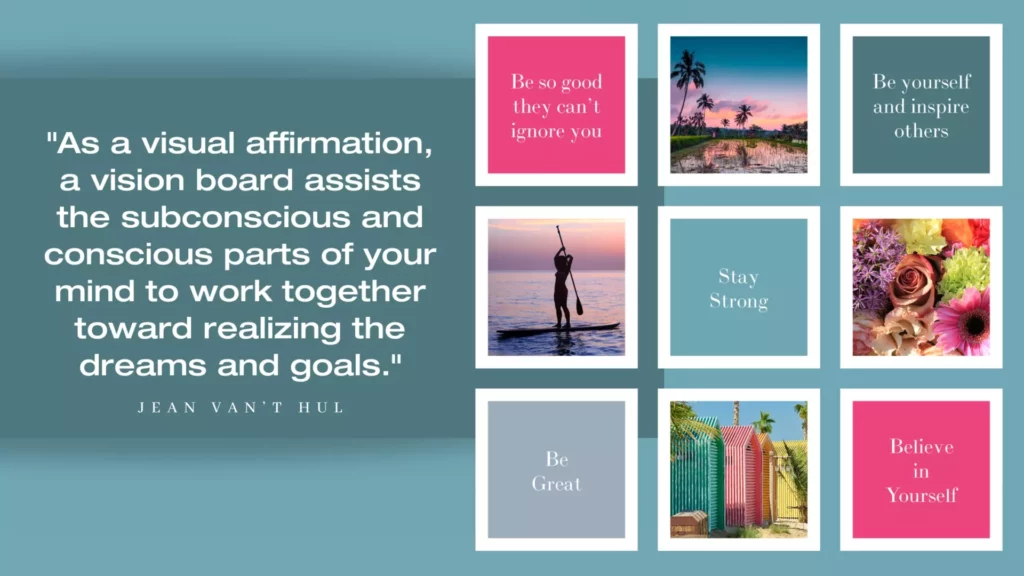
There’s the practical side of vision boards—goal setting and planning and then using the boards as guides or roadmaps, if you will, as you plan your day, your week, your year. Keeping your dreams and goals in mind while you are thinking about your tasks and priorities is very helpful. And then there’s the more woo-woo side of vision boards, including manifestation and the law of attraction, as you’re putting your dreams and goals out there to co-create with the universe. I approach vision boards from both perspectives.
Why do you think they’re so popular right now? I mean, we’re seeing them everywhere in social media? What do you think it is that is making them so popular?
Vision boards offer hope and something positive to focus on. I think we all need that now, more than ever. Focusing on what we can create in our own lives gives us something practical to work toward within our own personal sphere.
Plus, vision boards work. And more people are probably experiencing and sharing that, whether with friends and family or on social media. And so more people are learning about them and trying them out. I think it’s wonderful!
Has your process changed over the years?
For sure! At the beginning it was much more of a creative collage activity for me. I flipped through magazines to find images that appealed to me and then collaged them together on poster board. That process helped me to learn about myself and what I wanted. And I really loved the creative, hands-on aspect.
Looking back at those vision boards later, though, I would see that so much of it had come true! So I started to create them more intentionally. A few years later, when The Secret* came out, I was inspired by how vision boards were used in the documentary and I became even more strategic about it.
I have continued to refine my process over the years, through trial and error, as well as by incorporating ideas from books and experts on vision boarding, goal setting, self development, manifestation, and more. But I still love the creative activity of working hands-on with images and words!
Are you seeking out specific images? Have you set the goals before you start?
Yes. So now, I set the goals first. I start out by reviewing the past year just to process it and check in with where I am. And then I identify my goals and intentions for the next year. I make a new vision board at the beginning of each year, but I also sometimes make them for specific projects and areas of life.
After I clarify my goals and intentions, I look for images that best represent them. I consider the essence of what that goal means to me as well as the feelings that I associate with it when searching for pictures.
I use a lot of symbolism in my vision boards. Many people seem to prefer to keep theirs more realistic and representational, and that’s totally okay, but I really enjoy symbolism. Someone else looking at one of my boards might not know what my dreams and goals are, but I do. And that’s all that matters.
Well, I think it is fascinating how your process has evolved. And, I think it’s interesting that you’re talking about doing it for individual projects. So, it’s not just the one board over the year?
I’ve been making project-focused vision boards for quite a while. I think the first time was when I decided to write my first book. I created a vision board specifically for that book and found it really helpful. I’ve since done it for business projects as well as for certain areas of life, such as health and spirituality. I often have one broader vision board for the year and then a second one that has a more specific focus.
You said, in one of your interviews, that creativity is like open-ended problem solving. I think you were talking about art for kids, and teaching them how to be creative, and how that can really help with your relationship to the world. You know, I think maybe you’re making a sort of similar link here with your vision board concept. Being able to have this creative process that puts you more in touch with yourself–being creative about your own goals and life.
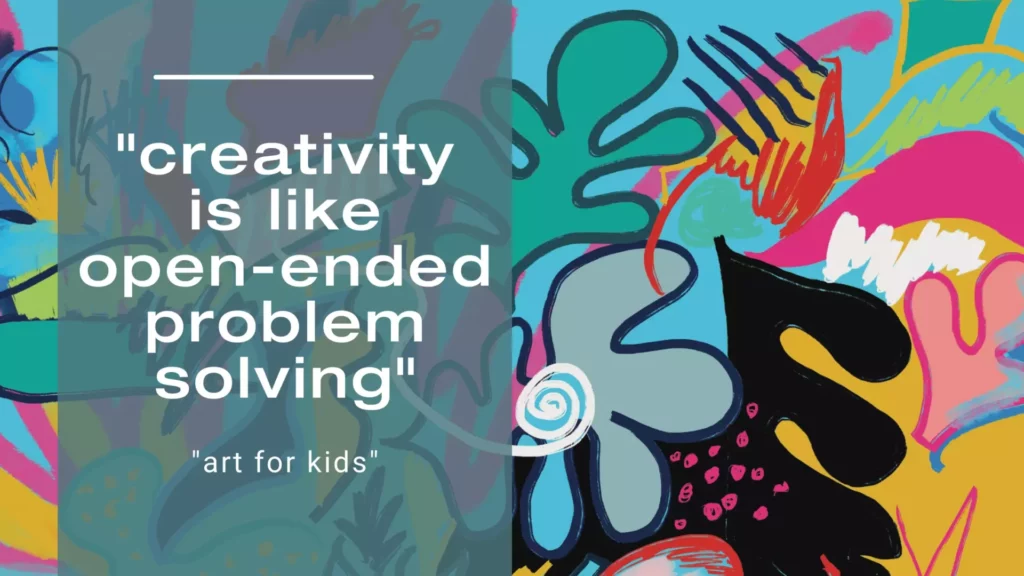
Absolutely! The vision board process is very creative and wonderful. Magical, in fact.
When we are making a vision board, we are taking an active role in creating how we want our life to be. We are considering possibilities, setting our intentions, and putting ourselves in the role of creator in our life. That’s a very creative process in itself. And making the vision board itself can be a creative approach to problem solving, even if you don’t actively think of it that way.
Do you have a favorite medium?
I’ve made vision boards in all kinds of formats and mediums! I’ve made vision boards on poster boards, on index cards, in notebooks and journals, on paper bags, and on canvas. I’ve made accordion fold vision boards, a vision board card deck (with an individual dream or goal on each card), and shadowbox vision boards. I’ve made digital vision boards and vision board movies.
My favorite is still a physical vision on poster board that I can collage as a hands-on art project.
But besides that, one of the main formats that I demonstrate in my vision board workshop is the digital vision board. People really seem to appreciate the digital format because you don’t have to go out and buy magazines. You can make it wherever and whenever with just a computer. Afterwards, you can display it on your computer or phone as wallpaper as well as print it out to display on your wall.
Where do you keep your vision boards?
I keep mine on my computer as wallpaper that greets me every time I log on. I also have at least one vision board displayed in my home, usually in my bedroom or office.
People do sort of ascribe this sort of woo-woo aspect to them, but I think you said something really interesting, which is that no matter what you call it, whether the “law of attraction” or focusing yourself on meaningful goals, they do have a sort of power.
Agreed. And who knows how much to attribute to the pragmatic versus woo-woo aspects of it! The important thing is that it works. And you can approach it from either perspective, depending on your interest and comfort level. I embrace both!
So, what else do you think we need to know about vision boards for our new year?
I think that action is an essential, and sometimes overlooked, step.
Making the vision board is just the beginning. Displaying it where you can see it regularly is important. But then actually taking action is critical. Use your board as a guide or compass as you live your life, make decisions, and take action.

Some of what you put on your vision board can seem to manifest or appear in your life truly effortlessly. But some will require work on your part. But it’s work worth doing to create the life that you want!
Hopefully, the dreams and goals that you have identified and put on your vision board are aligned with who you are and what you truly desire. That they’re not someone else’s dreams and goals for you, or what you think you should want, or what you think society wants, but what you truly want. Then taking action towards them becomes so much easier. And overcoming any obstacles along the way becomes easier as well.
I think that for me, one of the truest things that you said is that it’s the process of identifying your dreams and being really true to yourself about who you are. It’s one of the hardest things for anyone to do. So, it’s good to practice. Yes! I think we could all use a little bit more contemplation time. Taking the time to reflect on who you are and what you truly desire can mean the difference between a life that feels just right and a life that you feel at odds with.
Well, Jean, I really enjoyed talking to you.
Same here. Thank you so much for the opportunity! I really enjoyed our conversation!
If you’re as excited to create your own vision board now as I am, you can do so with our built-in vision board pages on our Dutch & Deckle planner, on your own, or with Jean’s comprehensive Vision Board Magic Workshop.

